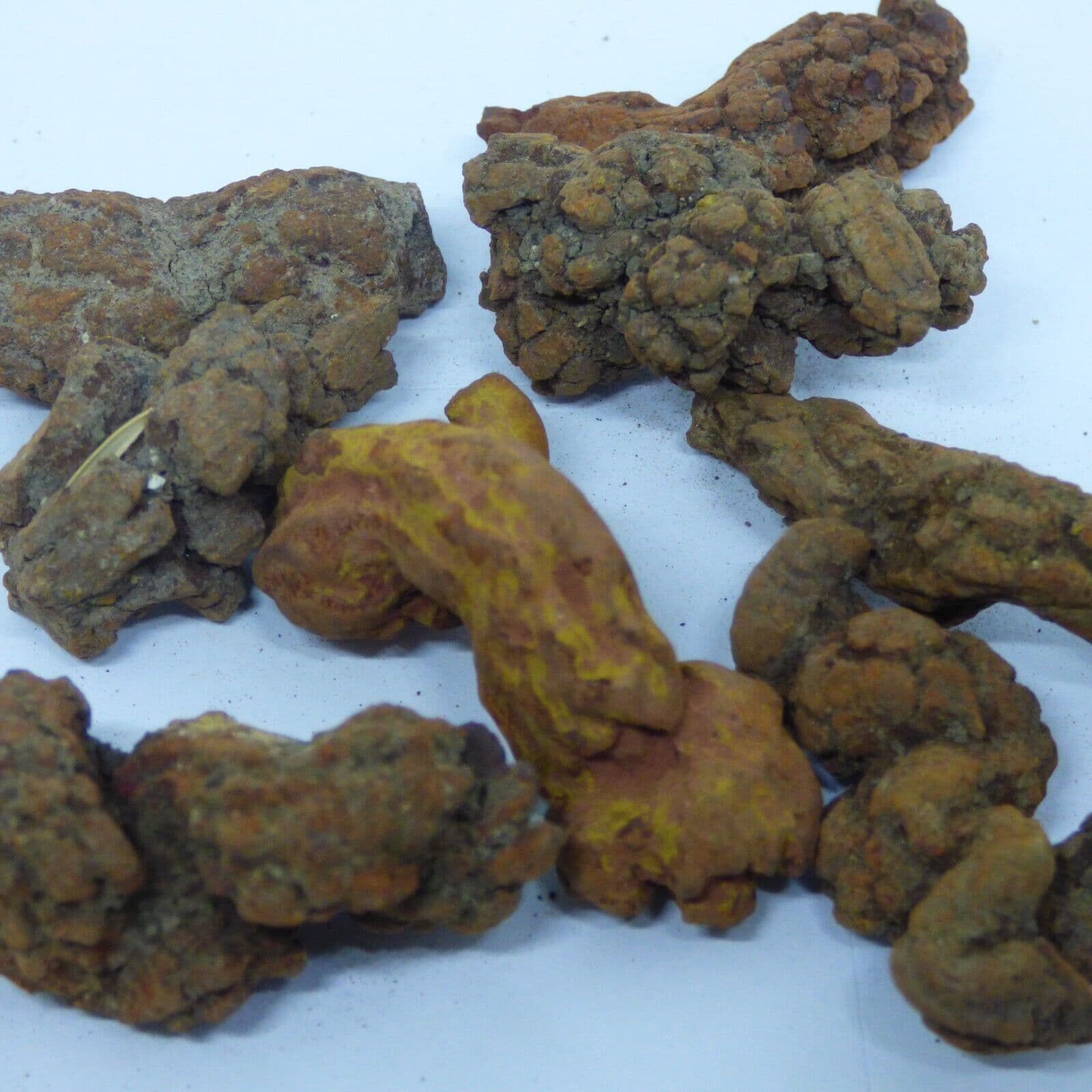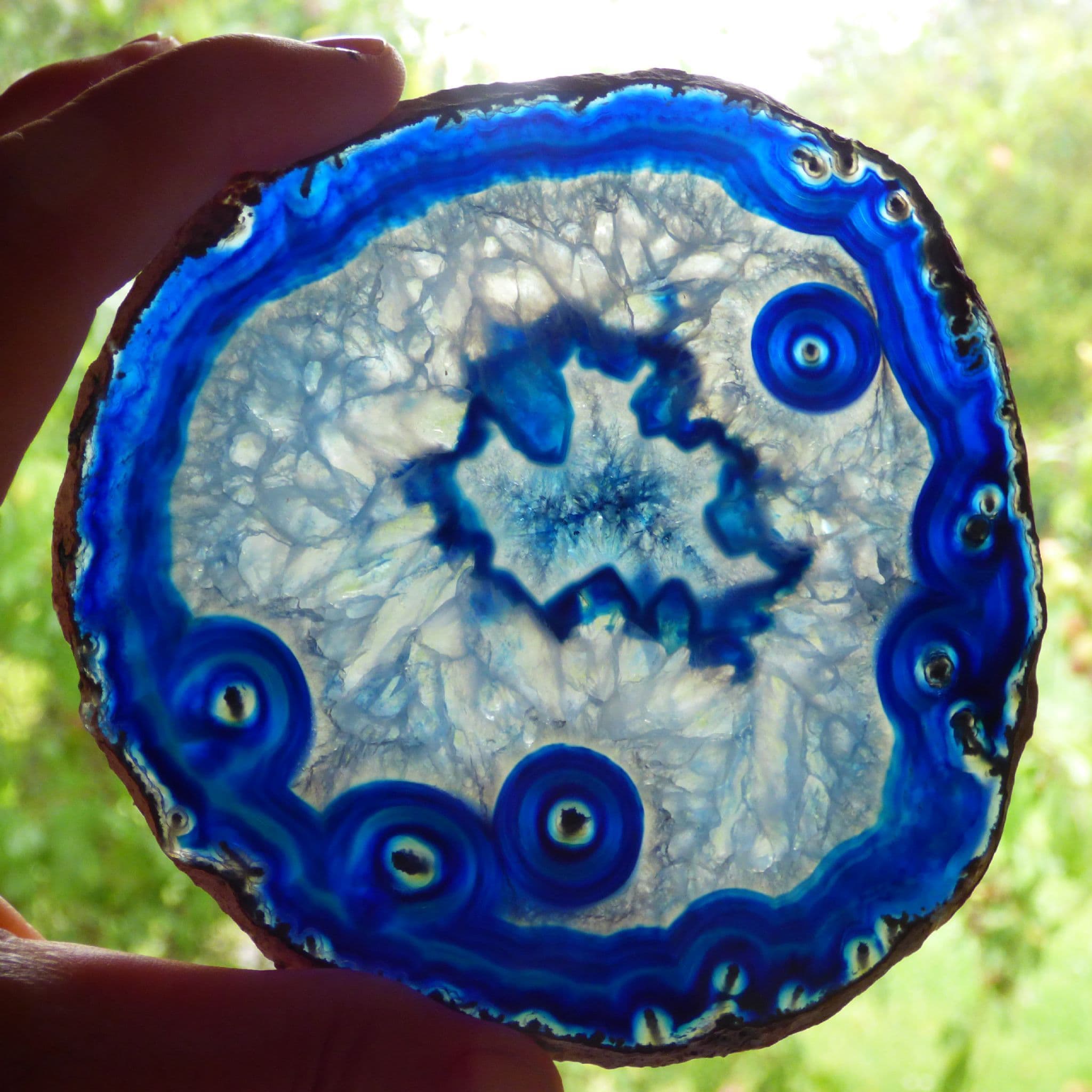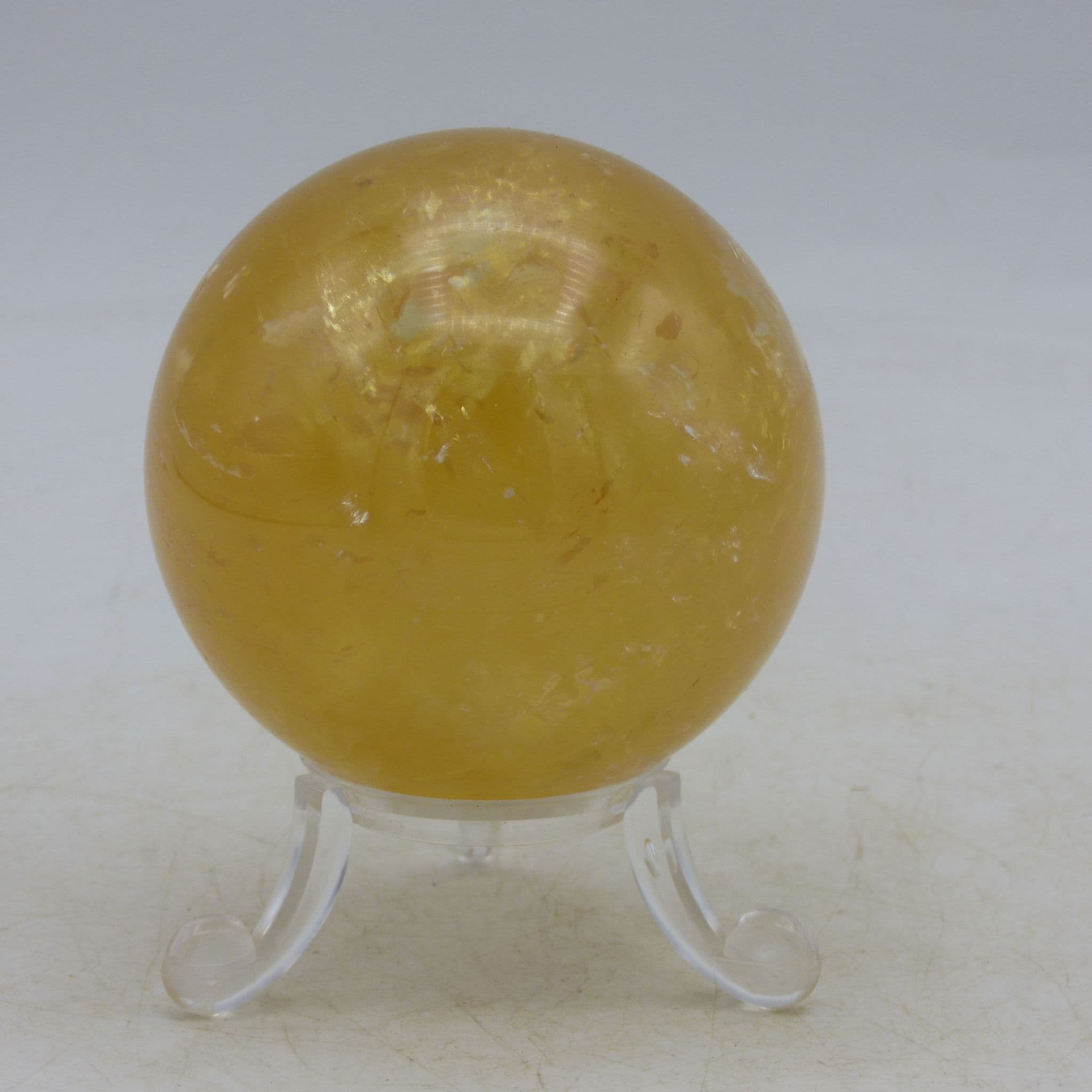Fossil Coral Thamnopora Curvicornis Devonian Eifelian Devon UK
Guarantee Safe Checkout

Fossil Coral Thamnopora Curvicornis Devonian Eifelian Devon UK
Carboniferous Fossil Coral Geode Slice from Ireland with display stand.
Fossil coral - Phylum: Cnidaria. Subclass: Zoantharia. Order: Rugosa. Suborder: Caniniina. Family: Cyathopsidae. Genu: Siphonphyllia Cylindrica. Also known as "horn coralsdue to the horn shape and wrinkled grey chamber or rugose wall. Appearance. The coral is from the scenic landscapes of the Sligo area, formed over millions of years by complex geological processes. The fossil is part of a coral reef that existed in tropical seas. These covered England and Ireland during the Carboniferous period some 359 - 299 million years ago. Corals are marine animals related to the jellyfish and sea anemone. It is believed that the possession of stinging cells helped it to catch prey as it moved past. They are a soft bodied animal (polyp) that lived in a calcareous skeleton (corallum). There are three groups (or orders) - Rugosa, Tabulata and Scleractinia. Tabulate and Rugose corals are commonly found in our Carboniferous limestone. This one is of the order Rugosa. It had a hard calcite skeleton, lending itself to fossilization, given the right conditions. This order died out at the time of the Permian mass extinction. They can be either compound or single often possessing a cylindrical body. In life they would have had a central mouth surrounded by a ring of tentacles. The growth of the coral is reflected in the development of the skeleton. Corals in fact began to dominate as early as the late Precambrian i.e. in the Ediacaran Period .
Date: Carboniferous 359 - 299 MYO
Provenance: Easkey beach, Co Sligo, Ireland
Size: 10.7 x 7.4 cm Depth 3.4 cm weight 384 gm
Condition: Good preservation and detail code 8531
































